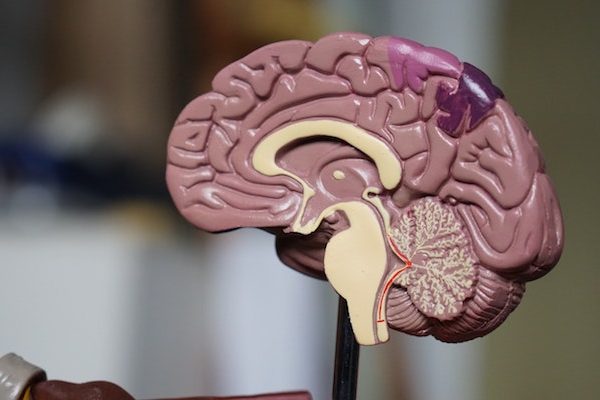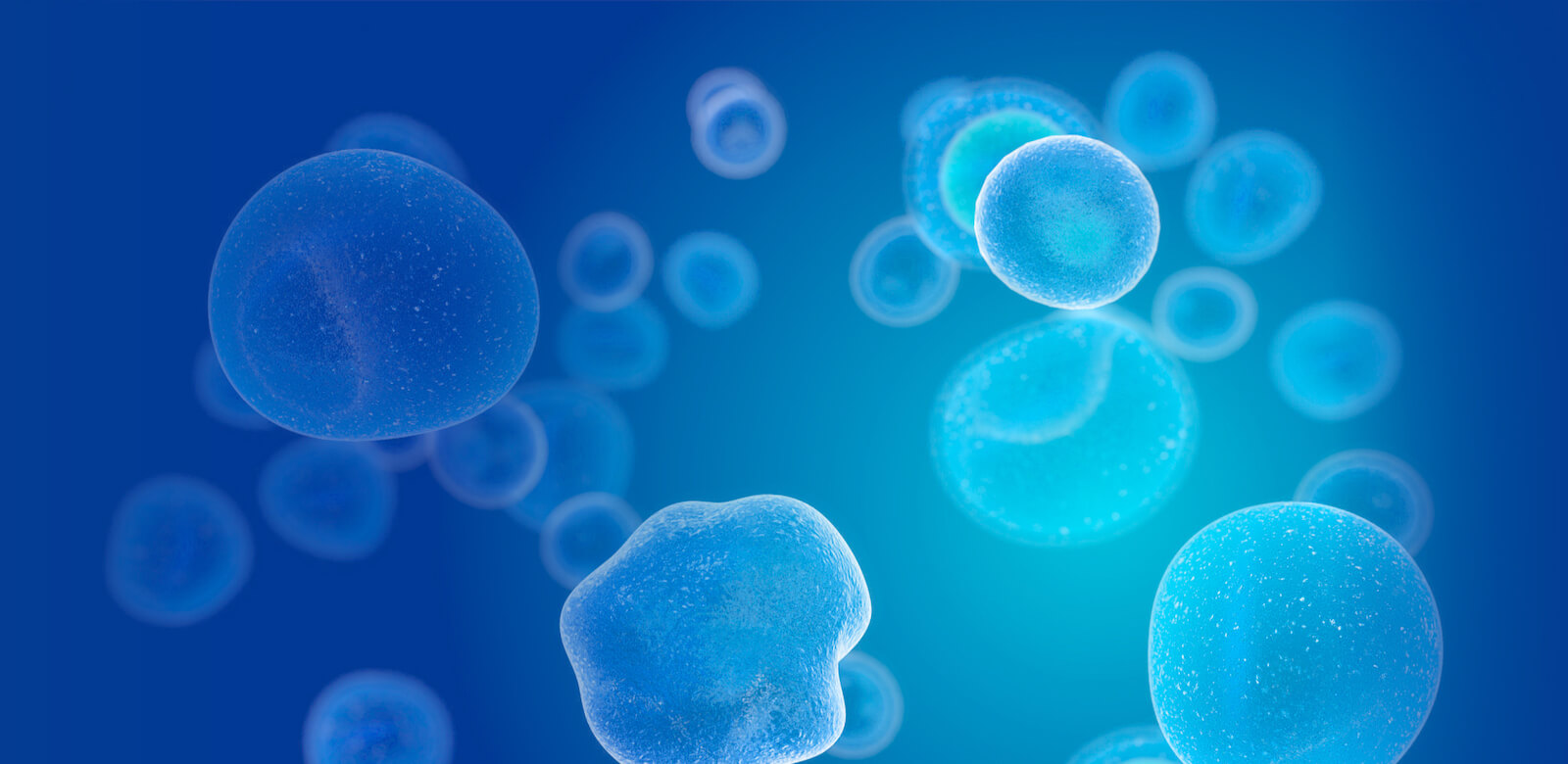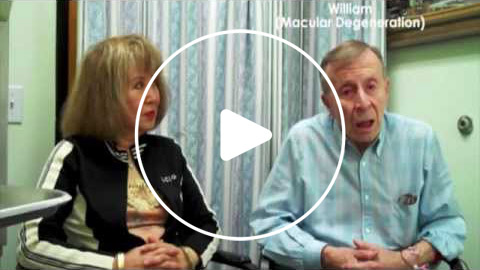Brain Injury Treatment
Conveniently located to serve the areas of San Clemente and Orange County, CA

Recovery from brain injury is possible with regenerative medicine. An injury of the brain can vary from slight to very severe. It may heal itself, or may never heal unbless regenerative therapies are used. Regenerative medicine engages and assists the body’s natural healing functions.
Traumatic Brain Injury (TBI) affects approximately 1.7 million lives every year. Unfortunately, when it comes to the brain, a serious injury doesn’t stop after the traumatic incident ends. As the brain continues to react to the impact, symptoms and dysfunctions may continue to progress. Symptoms of mild TBI, include but are not limited to headache, dizziness, fatigue, and nausea. These symptoms may be temporary and resolve in mild cases of TBI but often lead to chronic problems such as loss of memory, brain fog, fatigue, headache, paralysis, unsteadiness, fainting, and loss of appetite and overall functionality.
If you or someone you love is suffering from the aftermath of a brain injury, it’s critical to pursue treatment with regenerative therapies as quickly as possible.
Dr. David Steenblock uses a multi-therapeutic approach to brain injuries. His regenerative healing strategies consider the functions of the brain, and the body’s own cellular healing process to achieve long-term results. Don’t wait. Contact Personalized Regenerative Medicine in San Clemente, CA today. Call 949-367-8870 to schedule a personal consultation and learn more about everything this innovative field of medicine can do.
Contents
About Brain Injuries
Brain injuries can cause ongoing, chronic damage that can be progressive and ultimately irreversible unless regenerative therapies are used. Additionally, data shows that having a traumatic brain injury increases the risk of developing Parkinson’s or Alzheimer’s disease later in life, although scientists still aren’t sure how. (1)
After the traumatic impact, what happens next, and at what rate, depends on the severity of the blow, the location, and the type of injury. The affected parts of the brain begin to swell as the cell membranes are damaged and begin to leak, and blood vessels are ruptured. This causes components of the blood and other kinds of cells normally programmed to aid in healing and immunity to leak into the brain tissue. Rather than heal the injury at hand, they create a cascade effect of inflammation, which can lead to increased swelling of the brain. In cases of severe injury, this can hamper the normal flow of blood to the brain, which similar to a stroke. These episodes deprive the brain of oxygen, leading to further brain damage and additional swelling. Intervening in this process in a timely manner can prevent damage from progressing. (2)
Symptoms of Traumatic Brain Injury Include:
- Cognitive Memory decline/loss
- Slow reaction time and learning
- Difficulty communicating thoughts and speaking
- Loss of mobility
- Vertigo
- Tinnitus
- Headache
- Sleep disorders
- Loss of smell
- Personality changes
- Psychiatric disorders
While those with lesser brain injuries may eventually recover naturally, those with more severe injuries may continue to experience symptoms long after their initial injury occurs. Regenerative therapy can initiate controlled healing, which may be able to alleviate these symptoms or stop these and other dysfunctions from becoming worse. To learn more about the potential that regenerative medicine holds for other conditions, take a look at Dr. Steenblock’s blog.
Regenerative Therapies for Brain Injury
Dr. Steenblock has written extensively on the abilities of regenerative medicine. Regardless of the condition being treated, Personalized Regenerative Medicine advocates a comprehensive approach for optimal healing and total wellness.
Dr. Steenblock stresses three key elements essential to recovery:
- Healthy Digestive System
- Optimal Nutrition
- Efficient oxygenation
Hyperbaric Oxygen Therapy
Hyperbaric Oxygen Therapy floods the body with pure oxygen and has many benefits for those who have suffered an injury. It’s typically used for flesh wounds, and the FDA has approved it for assisting the healing of burns, gangrene, carbon monoxide poisoning, and radiation injuries. It’s currently being tested as a therapy for other disorders.
Hyperbaric Oxygen Therapy (HBOT) aids in healing by increasing the amount of oxygen in the bloodstream. When an injury occurs, blood vessels become damaged and leak fluid that causes swelling. As the tissues swell, the damaged cells are unable to receive enough oxygen and can die. By flooding the bloodstream with oxygen, these cells in crisis are able to receive the oxygen they need to survive. It’s also thought to promote the formation of new blood vessels and neurons. (3)
Patients spend HBOT sessions in a high-pressure chamber breathing in pure oxygen (the air you’re breathing right now is only about 20% oxygen).
The elevated pressure in the chamber increases the amount of oxygen that the blood is able to carry. If you’ve ever had altitude sickness, you’ve experienced the opposite of a hyperbaric chamber. High altitudes have low pressure and low oxygen levels, which is what makes you feel faint and queasy in the mountains.
But there’s another important function that HBOT plays in regenerative medicine: stem cell migration.
Stem Cell Therapy
Every cell in your body came from a stem cell at one point. These cells are “undifferentiated,” which means that they are able to become different kinds of cells and initiate healing in the body. Adults still have stores of stem cells in fat, bone marrow, and other places. HBOT has been proven to release stem cells from bone marrow. (4) Once in the bloodstream, stem cells travel to injured tissue, where they secrete growth factors for regeneration. Unfortunately, the number of healthy stem cells adults have may not be sufficient to heal from significant injuries. In these cases, Dr. Steenblock encourages stem cell therapy. Adding an additional supply of ethically harvested stem cells to your body can accelerate your healing by regenerating the damaged cells incurred during and after a brain injury.
Benefits of Stem Cells
- Can multiply and adapt to replace damaged cells
- Encourage other healing factors to migrate to the injured area
- Secrete growth factors that can prevent harmful effects
- Direct beneficial cells
- Reduce inflammation
- Reduce cell death
- Encourage neural regrowth (1)
Personal Consultation
If you’re encouraged by the abilities of regenerative medicine, schedule an appointment at Personalized Regenerative Medicine in San Clemente. During your personal consultation with Dr. Steenblock, he’ll review the details and medical history of your brain injury. He’ll also perform a physical exam, and may order additional testing. It’s crucial to identify any other underlying medical conditions or nutritional deficiencies in order to determine the best course of action. Each patient has unique biochemistry, bodily vulnerabilities and predispositions. Your regenerative healthcare plan will be tailored to your specific needs in order to achieve the most efficient and effective recovery.
How Much Do Regenerative Therapies Cost for Brain Injury Recovery?
Because you’ll receive a personalized course of treatment, the cost of your regenerative therapies will depend upon your needs. Brain injuries and their symptoms vary from patient to patient. Your treatment will be designed around your test results, and the amount of testing required to fully evaluate your condition will also impact the price of your treatment. Personalized Regenerative Medicine administers several therapeutic treatments, and their combination and frequency will be tailored to best achieve recovery from your brain injury.
FAQ
How long does it take to recover from a brain injury?
Your recovery will depend on the severity of your injury. Unfortunately, the damage from a brain injury can continue to progress long after the initial traumatic event. Inflammation may continue to worsen as the body responds to the inflammation. The brain is unlike other organs because it is contained in the close quarters of the skull. The body’s natural healing response, beneficial in other parts of the body, only causes further inflammation in the brain, and the increasing pressure leads to a vicious cycle of brain cell death.
What is hyperbaric oxygen therapy?
Hyperbaric oxygen therapy involves sessions where the patient is placed in a high-pressure chamber flooded with pure oxygen. This allows the patient’s bloodstream to be flooded with high amounts of oxygen, which prevents cell death and accelerates the body’s natural healing process.
References
- Bonsack B, Heyck M, Kingsbury C, et al. Fast-tracking regenerative medicine for traumatic brain injury. Neural Regen Res. 2020;15(7):1179-1190. doi:10.4103/1673-5374.270294
- Willing AE, Das M, Howell M, Mohapatra SS, Mohapatra S. Potential of mesenchymal stem cells alone, or in combination, to treat traumatic brain injury. CNS Neurosci Ther. 2020;26(6):616-627. doi:10.1111/cns.13300
- Eve DJ, Steele MR, Sanberg PR, Borlongan CV. Hyperbaric oxygen therapy as a potential treatment for post-traumatic stress disorder associated with traumatic brain injury. Neuropsychiatr Dis Treat. 2016;12:2689-2705. Published 2016 Oct 20. doi:10.2147/NDT.S110126
- Thom SR, Bhopale VM, Velazquez OC, Goldstein LJ, Thom LH, Buerk DG. Stem cell mobilization by hyperbaric oxygen. American Journal of Physiology-Heart and Circulatory Physiology. 2006;290(4):H1378-H1386. doi:10.1152/ajpheart.00888.2005





